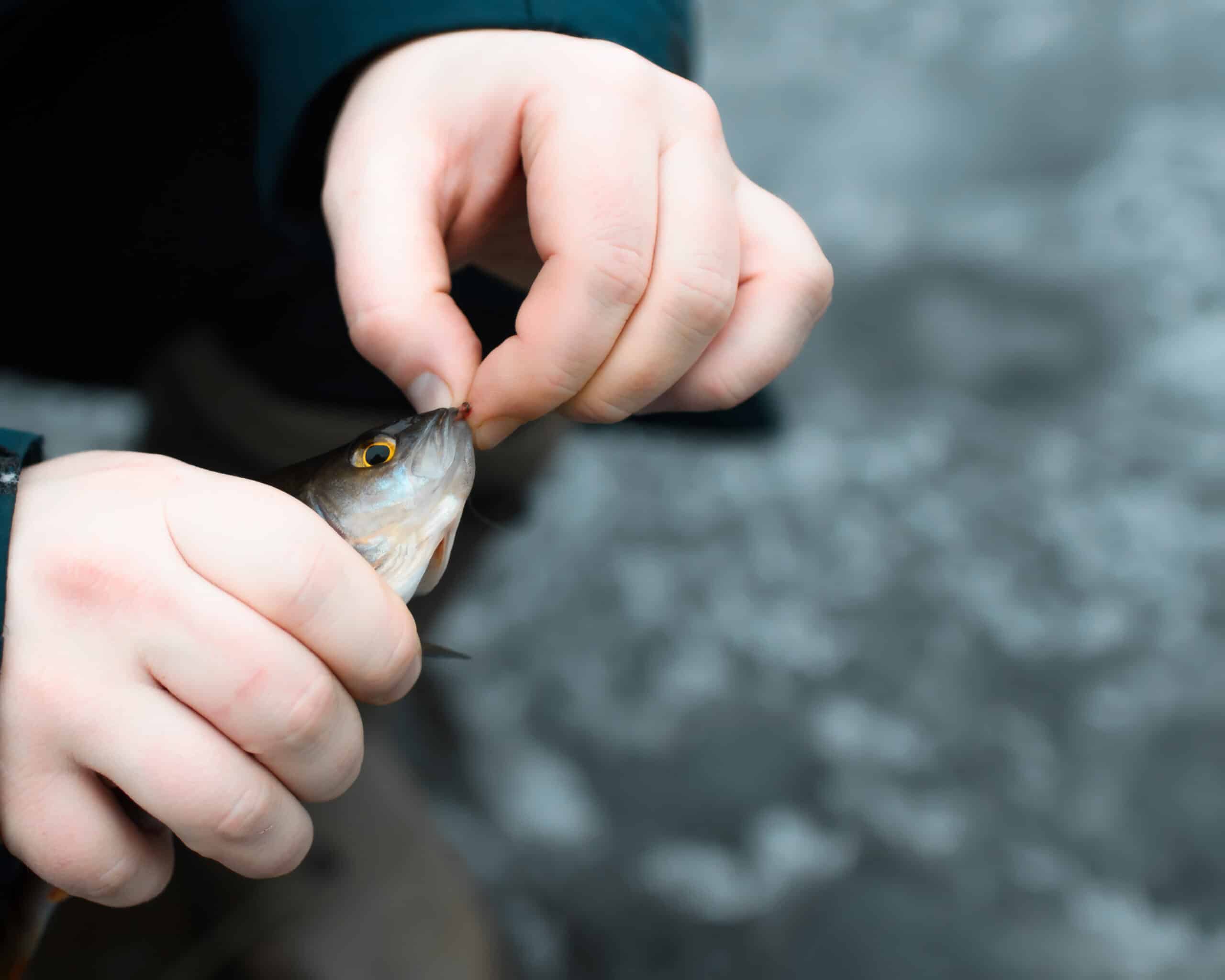What can I do with leftover live bait?
Key Takeaways
- The best way to store leftover live bait is to use a bait tank equipped with a filtration system.
- Properly storing live bait includes using a scale screen, circulation pump, and aeration system to maintain the bait’s health and vitality.
- Alternative options for leftover live bait include releasing it back into the wild, donating it to other anglers, or repurposing it for other uses.
When it comes to fishing, live bait can be a valuable asset. It entices fish to bite and can increase your chances of a successful catch. But what should you do with leftover live bait? It’s a common question among anglers, and in this article, we will explore the options available to you when you find yourself with extra live bait.
Properly storing leftover live bait
One of the key factors in keeping leftover live bait fresh is proper storage. According to a helpful article on BNM Poles, the best way to store live bait is to use a bait tank equipped with a filtration system. A bait tank provides a controlled environment that helps maintain the bait’s health and vitality.
A bait tank should have a scale screen to remove debris from the water and a circulation pump to maintain a steady gentle circular flow. This circulation helps prevent the bait from becoming lethargic or stressed. Additionally, using an aeration system can help oxygenate the water, which is crucial for the bait’s survival.
Before transferring the bait to the storage tank, it is recommended to “cure” the bait for about 20-30 minutes in a holding tank. This process allows the bait to adjust to the water temperature and conditions of the storage tank gradually.
Furthermore, the author of the article suggests using three chemicals, namely rock salt, bait saver, and water softener, to treat the water and keep it fresh. These additives help maintain the quality of the water and extend the bait’s lifespan.
To ensure the bait tank remains clean and free from harmful bacteria, it is advised to regularly clean it using baking soda and a plastic dish cleaning brush. This cleaning routine helps prevent the buildup of algae and other contaminants that can harm the bait.
Alternative options for leftover live bait
If you don’t have access to a bait tank or prefer not to invest in one, there are alternative options for dealing with leftover live bait.
One option is to release the bait back into the wild. However, it’s important to check local regulations and guidelines regarding the release of live bait. In some areas, it may be prohibited due to the potential for introducing non-native species or spreading diseases.
Another option is to donate the bait to other anglers. If you have fishing buddies or know someone who could make use of the leftover bait, it can be a great way to minimize waste and help others in their fishing endeavors.
Alternatively, you can repurpose the live bait for other purposes. Some anglers use leftover live bait as compost for their gardens or as food for other pets, such as reptiles or birds. It’s important to note that if you choose this option, you need to ensure the bait is safe for consumption by the intended animals.
Conclusion
When you find yourself with leftover live bait, it’s essential to store it properly to maintain its freshness and viability. Using a bait tank equipped with a filtration system, keeping the water clean, and providing adequate oxygenation are key elements in extending the bait’s lifespan. If you don’t have access to a bait tank, alternative options include releasing the bait, donating it to other anglers, or repurposing it for other uses.
Related Websites:
FAQs:
Q: What are the advantages of using live bait?
Using live bait can increase the chances of attracting and catching fish, as well as improving the health of plants in gardening. Live bait is often more appealing to fish and helps mimic natural food sources, leading to more successful fishing trips. In gardening, live bait can help improve soil quality and attract beneficial insects.
Q: How should I store live bait?
Proper storage is crucial to maintain the viability of live bait. To store worms, minnows, crickets, and other types of live bait, choose suitable containers such as breathable containers or bedding materials. Maintain the right temperature and moisture levels depending on the type of bait to ensure their survival and health.
Q: Can leftover live bait be reused?
Leftover live bait can potentially be reused, but it depends on factors such as the bait’s condition, how it was stored, and the time elapsed. It is safe and appropriate to reuse live bait if it is still alive, properly stored, and hasn’t been exposed to extreme conditions for an extended period of time.
Q: What are alternative uses for leftover live bait?
Leftover live bait can have alternative uses. You can repurpose it for activities like composting, feeding pets, attracting wildlife, or starting a vermicomposting system. These methods ensure that leftover live bait serves a useful purpose even if it cannot be used for its original intent.
Q: How should I dispose of leftover live bait?
Responsible disposal of leftover live bait is important to prevent negative environmental impacts. Consider releasing live bait back into the wild or using it as natural fertilizer for plants. These environmentally friendly options help minimize waste and maintain a healthy ecosystem.






